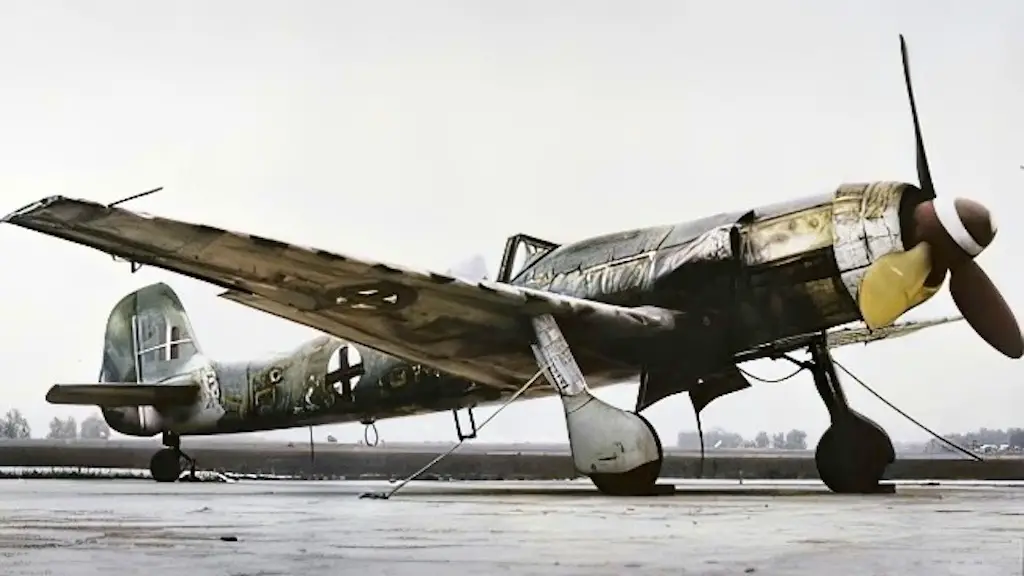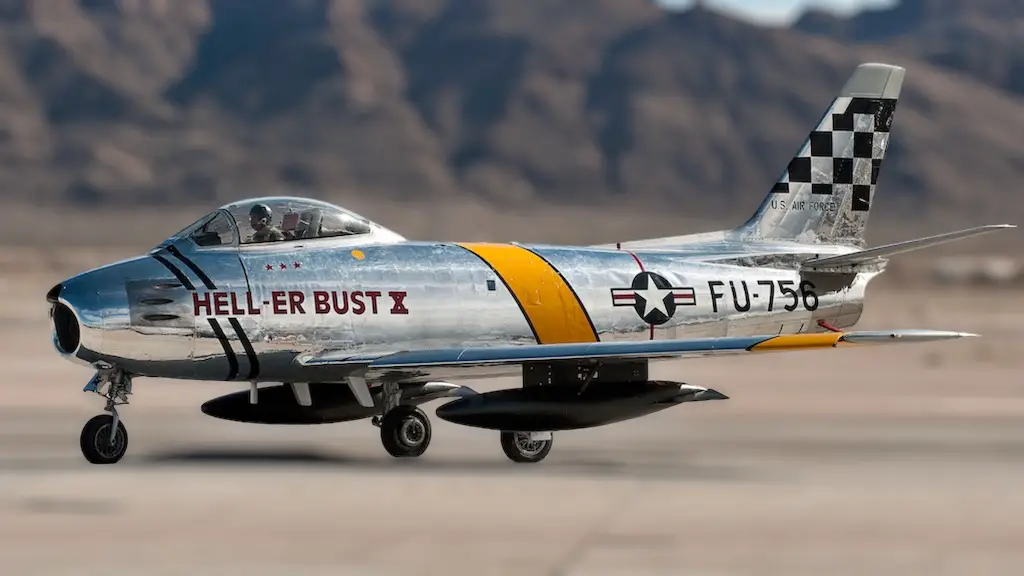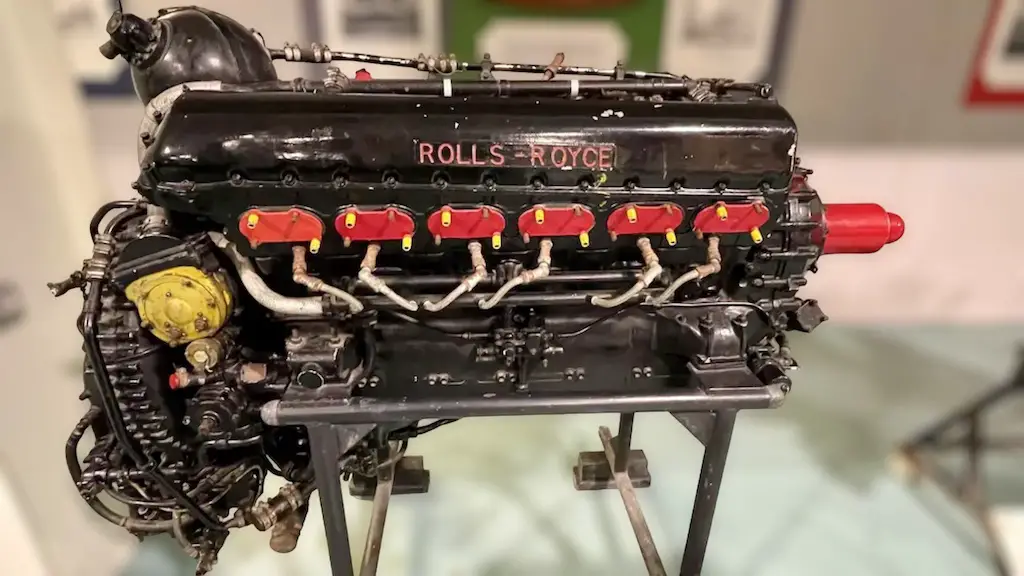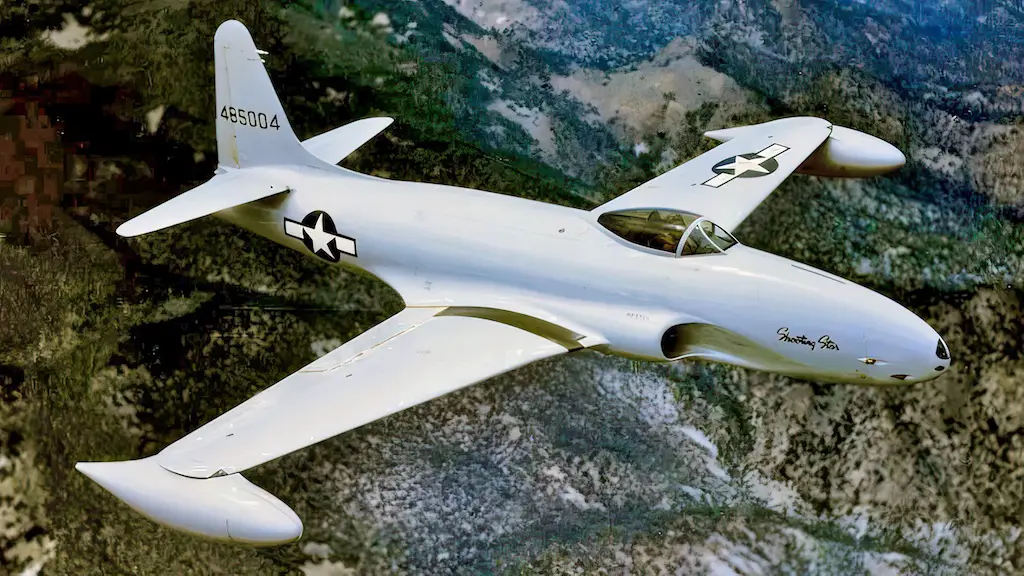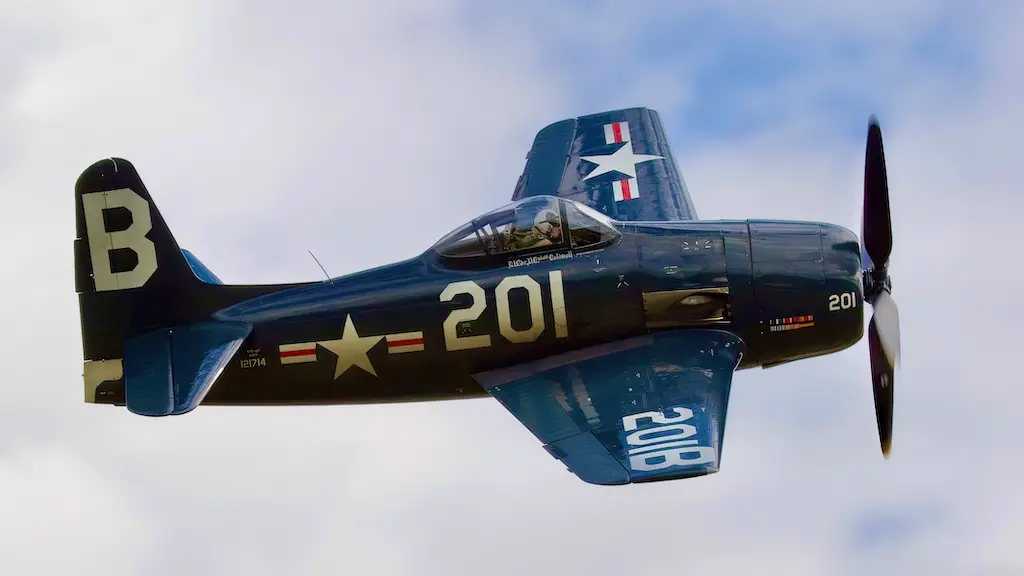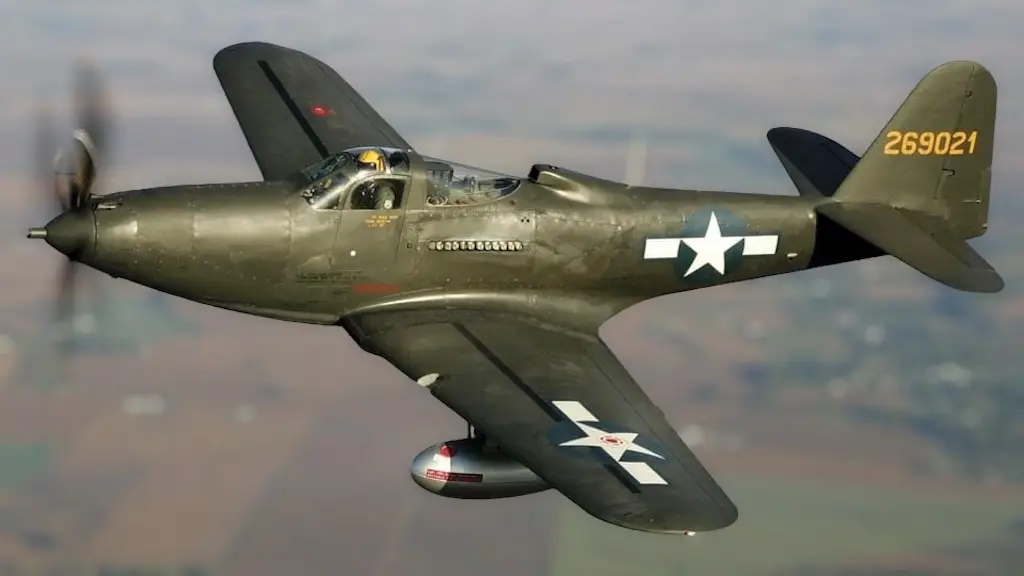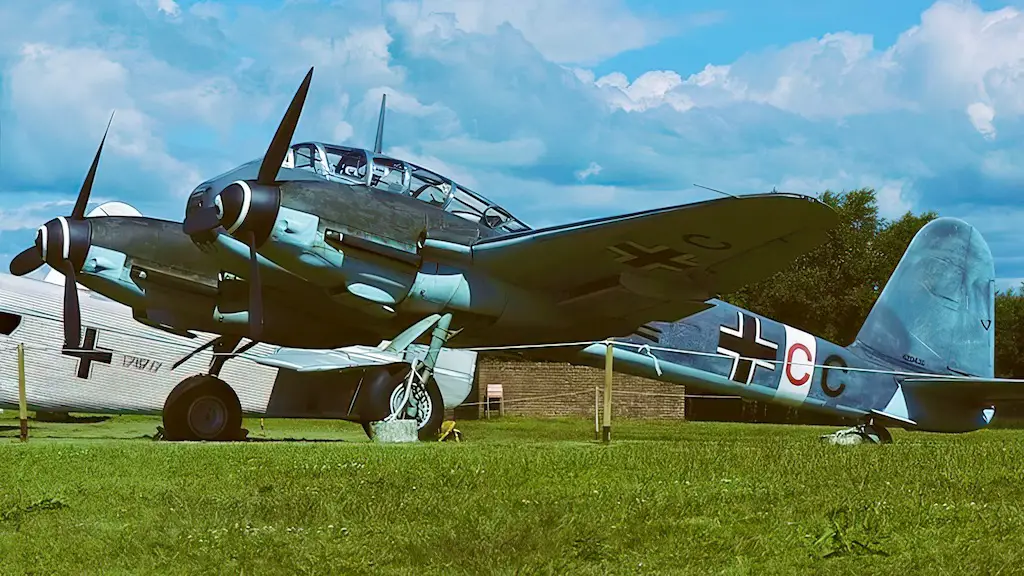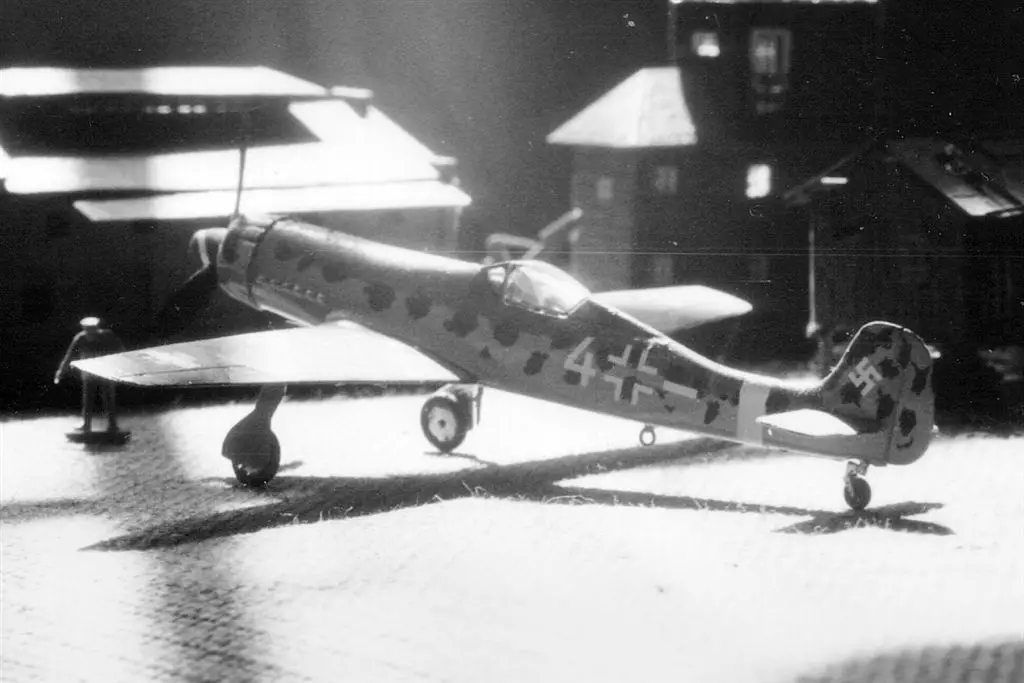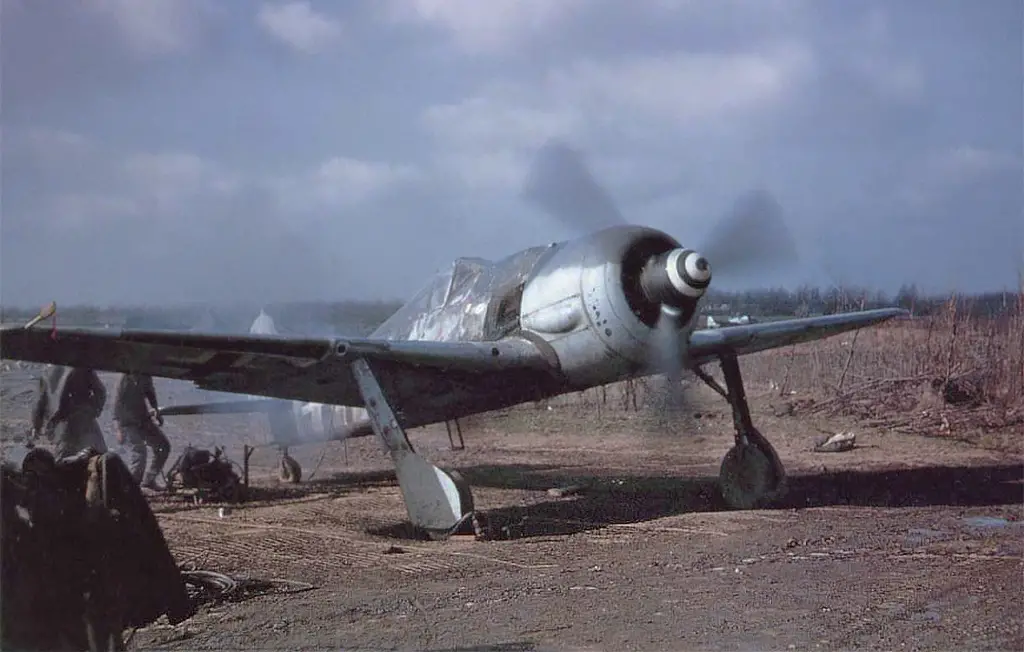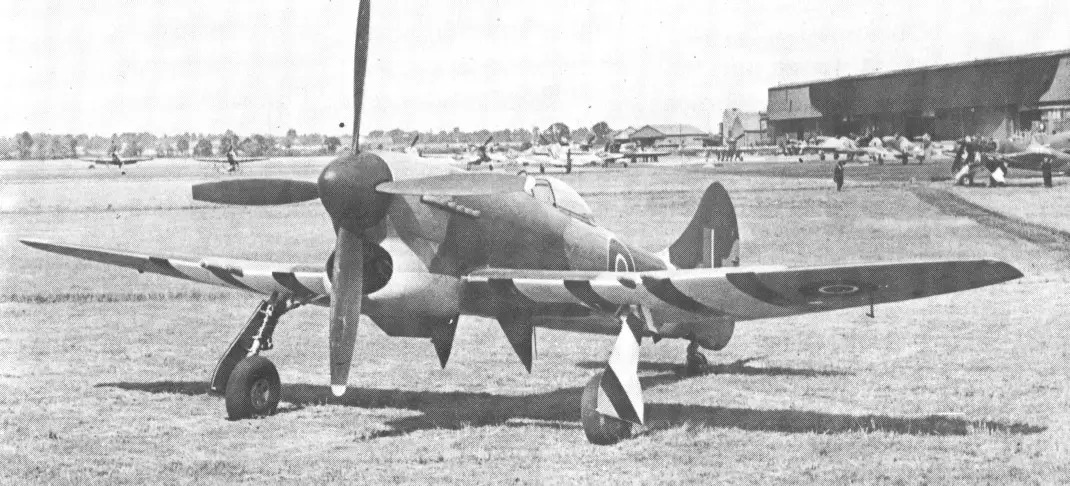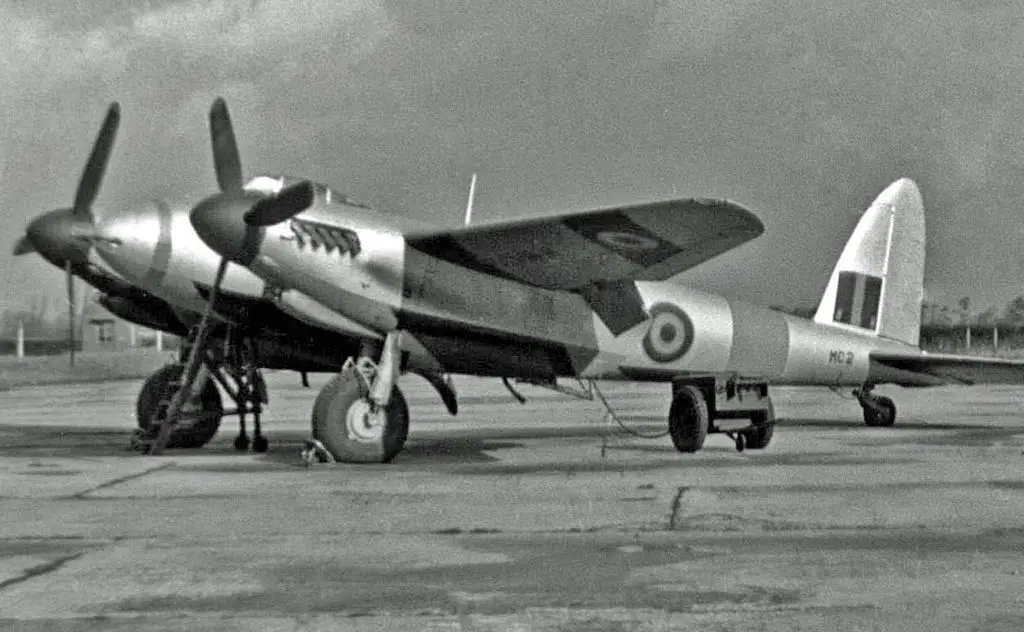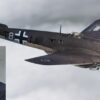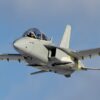Supersizing the Butcher Bird
Envision the legendary Focke-Wulf Fw 190, already a menace in the skies, but pumped up on steroids – meet the Ta 152. This ‘super-Butcher Bird’ took the already formidable Fw 190 and supercharged it, flaunting a longer wingspan, a high-altitude-capable engine, and an increased firepower. The result? A high-altitude predator that could outmatch, outrun, and outgun its predecessors and adversaries alike – a beast born from the ashes of relentless war innovation.
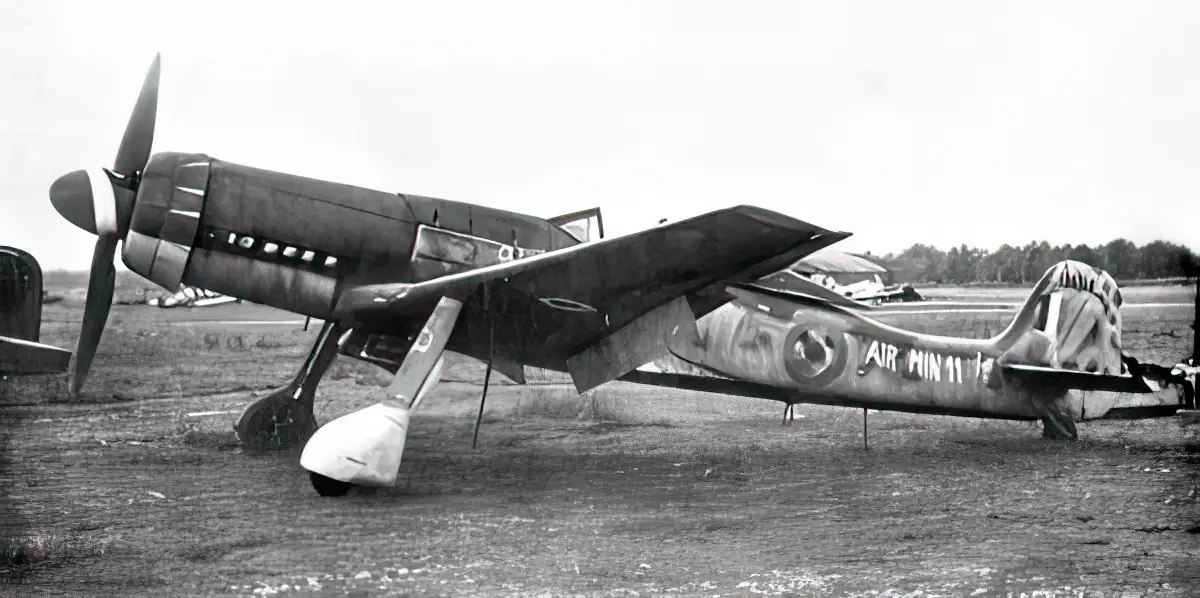
The Development History
In the dying days of World War II, Germany unveiled its aviation masterpiece: the Focke-Wulf Ta 152. This high-altitude interceptor, named after its designer, Kurt Tank, emerged from Germany’s desperation to counter the formidable bombers of the Allies. A descendant of the famed Fw 190, the Ta 152 was a last-ditch attempt to regain control of the skies from the Allies.
Its development was fraught with challenges, owing to the scarcity of materials and resources. The blueprints evolved from 1943 onwards, with the Ta 152 finally taking to the skies in its prototype form in late 1944. Yet, with the war’s outcome becoming increasingly clear, only a small number of these fearsome birds ever saw active service.
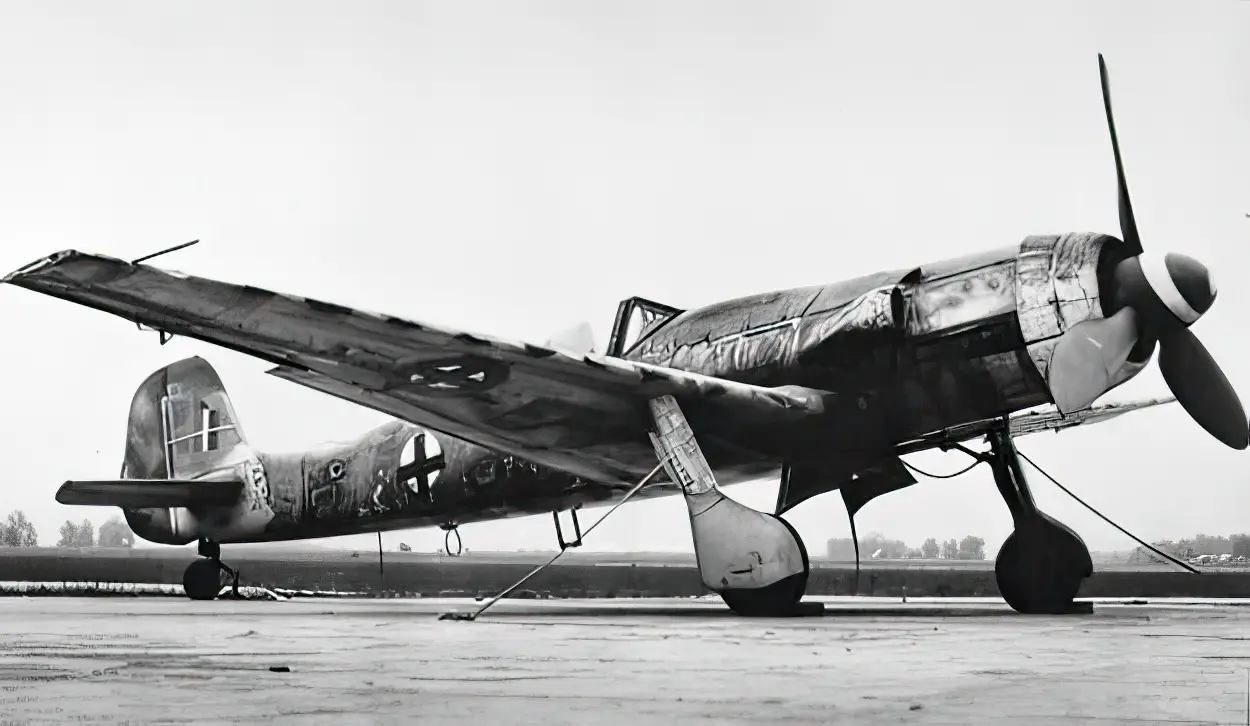
The Engine
The heart of the Ta 152 was its potent Junkers Jumo 213E engine. This twelve-cylinder inverted-V powerhouse could generate 1750 horsepower, propelling the aircraft to astounding speeds. The engine’s two-speed, two-stage supercharger had intercooling capabilities, enabling the Ta 152 to maintain its performance at high altitudes, where thin air usually cripples aircraft power. At its operational ceiling, the interceptor could reach a maximum speed of 472 mph – a testament to the prowess of German engineering.
Unleashing Hell
The Ta 152 wasn’t merely swift and elusive – it packed a devastating punch. Its primary firepower consisted of one 30mm MK 108 cannon, spitting deadly shells from the propeller hub. The wings housed two 20mm MG 151/20 cannons each, bringing the total to four. This formidable arsenal could rain down a destructive storm on any unfortunate adversary, a message clear to any opponent: the Ta 152 was not to be trifled with.
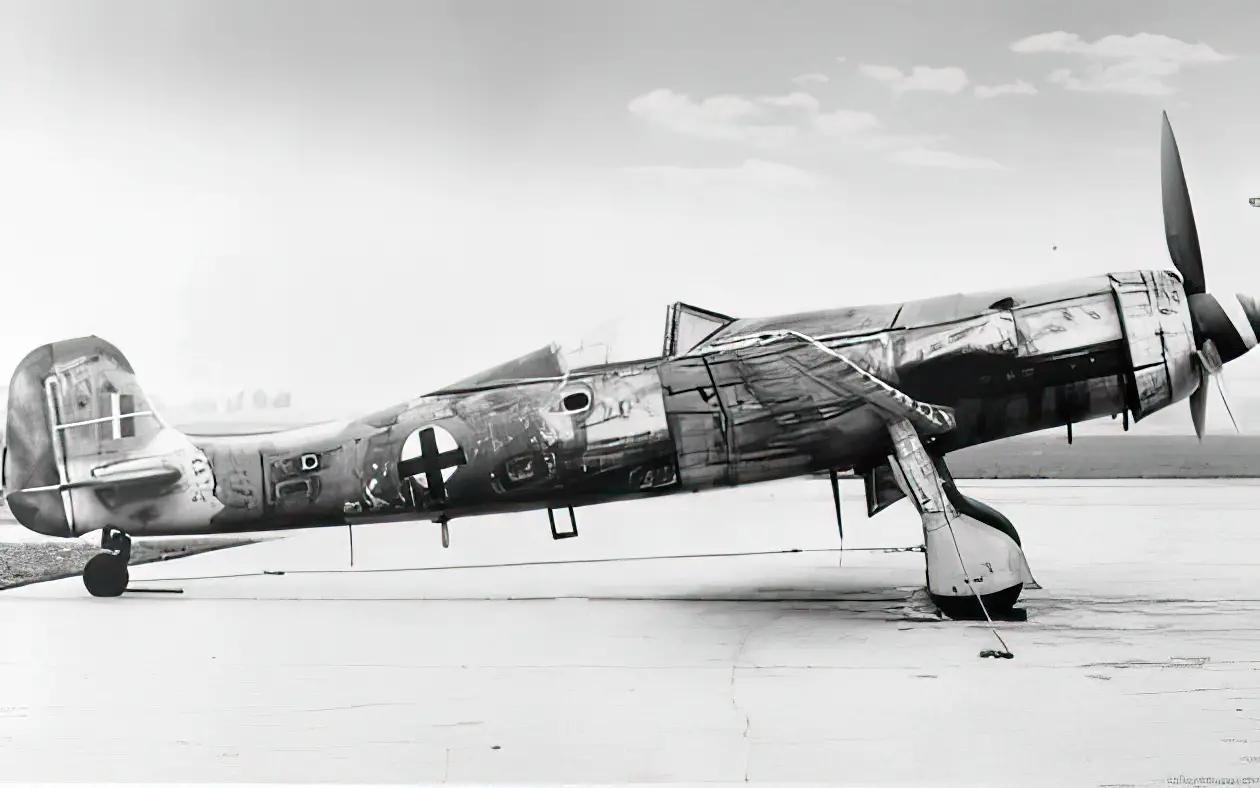
Allies’ Encounter
The first interactions of Allied pilots with the Ta 152 came in the final days of the war. On 14 April 1945, a De Havilland Mosquito managed to elude Oberfeldwebel Willi Reschke due to his Ta 152’s engine trouble. Yet, in the same day’s evening, the Ta 152 scored its first victory.
Reschke’s detailed account of the low-altitude dogfight against Hawker Tempests demonstrated the aircraft’s superior turning abilities and firepower.
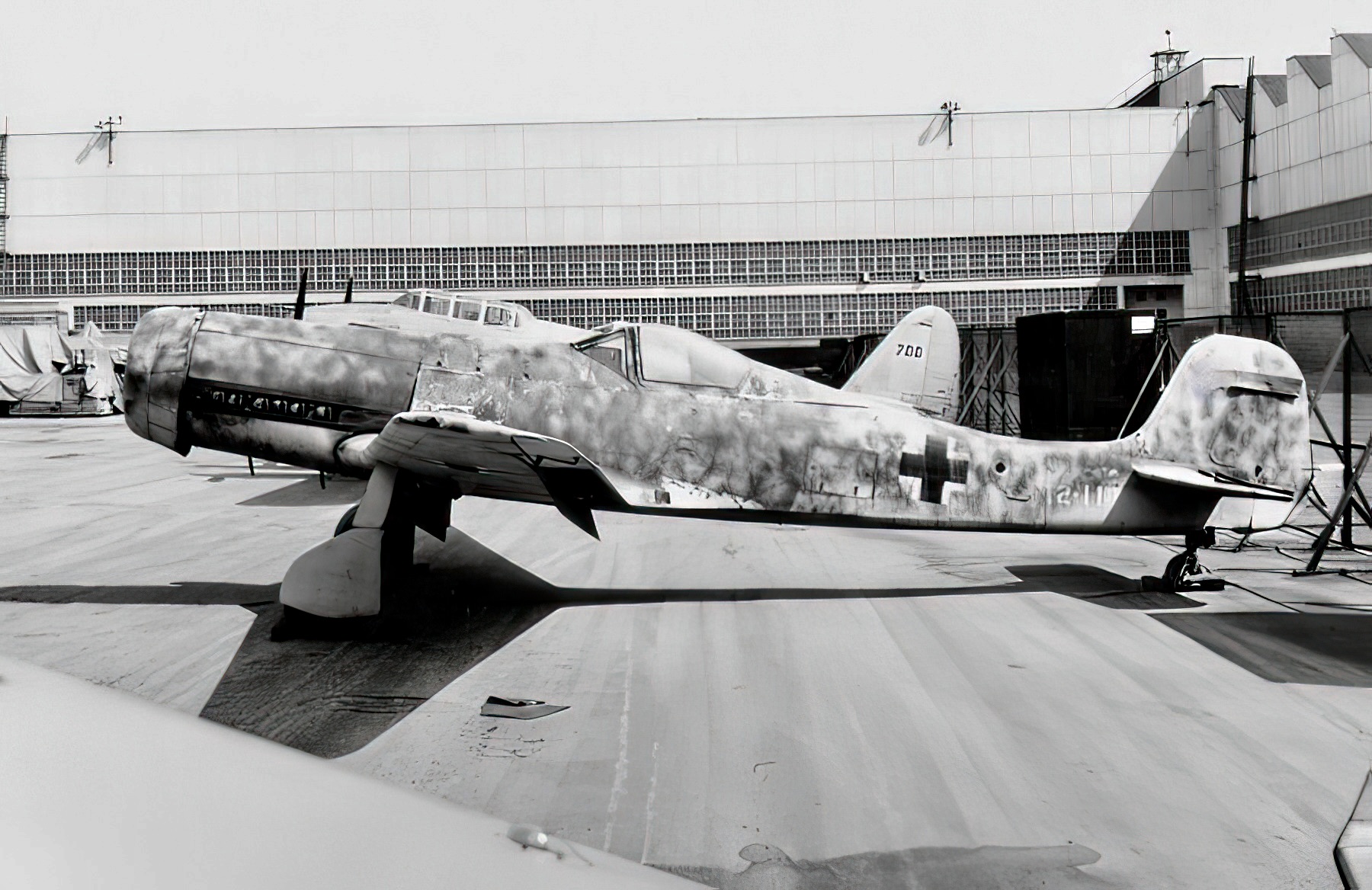
Too Little, Too Late
In spite of its impressive performance, the Ta 152 arrived too late to change the course of the war. Germany’s industry was crumbling under the relentless onslaught of Allied bombing campaigns. Supply shortages crippled Ta 152’s production, with a mere 43 units confirmed to have been delivered by the war’s end.
Furthermore, the Ta 152’s operational missions were limited, with its most significant action taking place during the Battle of Berlin. In these missions, it served mostly as an escort to close support aircraft, where pilots like Reschke and Walter Loos claimed several victories.

